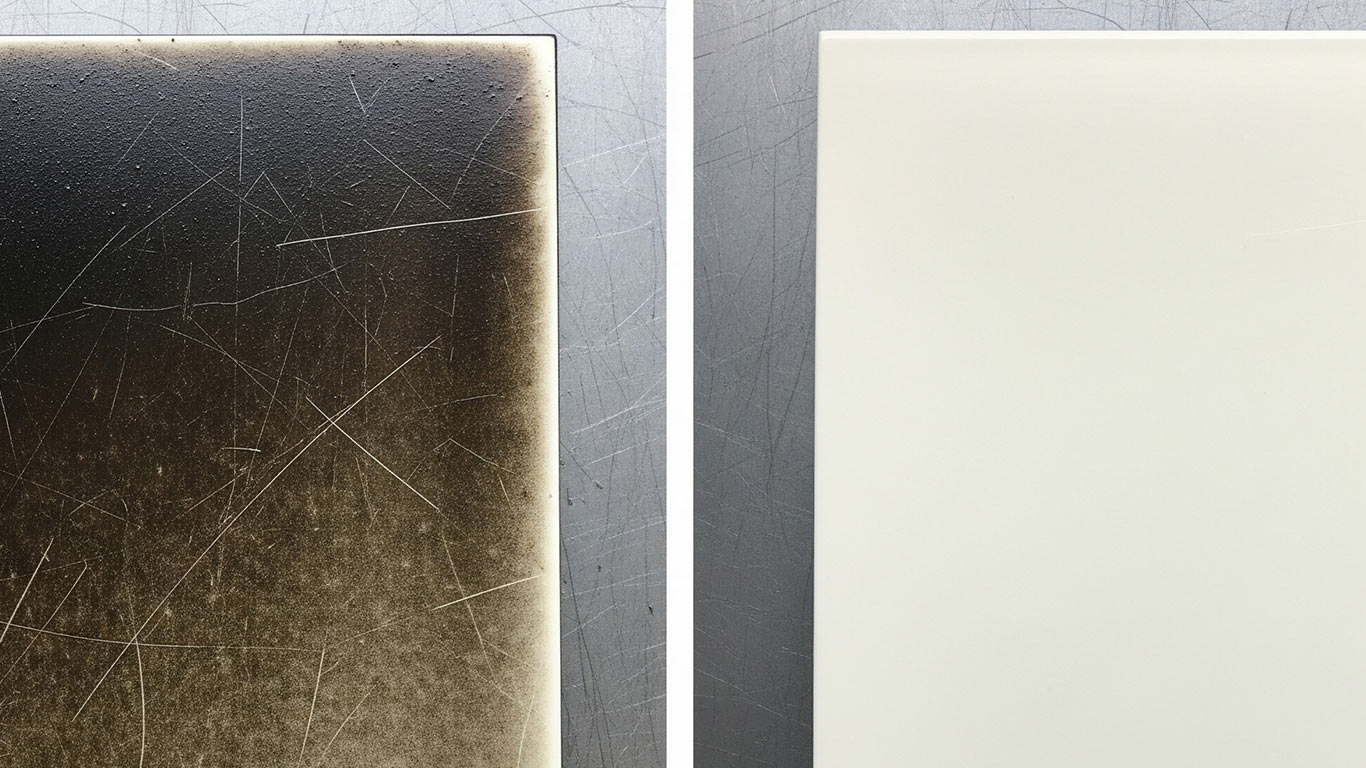
ANSI
ANSI Z136.1 - Safe Use of Lasers



Zirconia provides outstanding thermal stability and fracture toughness, allowing precise laser cleaning of aerospace and medical components without the risk of substrate damage or structural compromise
Under 1000x magnification, contaminants blanket the zirconia surface in a dull, uneven layer. Particles cling tightly to every crevice and ridge. This buildup obscures the material's natural contours completely.
After laser treatment, the zirconia surface reveals a smooth, uniform polish without any residue. Clean edges and planes emerge clearly across the entire view. The inherent texture now stands exposed and pristine.

ANSI Z136.1 - Safe Use of Lasers

IEC 60825 - Safety of Laser Products

OSHA 29 CFR 1926.95 - Personal Protective Equipment
License: Creative Commons BY 4.0 • Free to use with attribution •Learn more